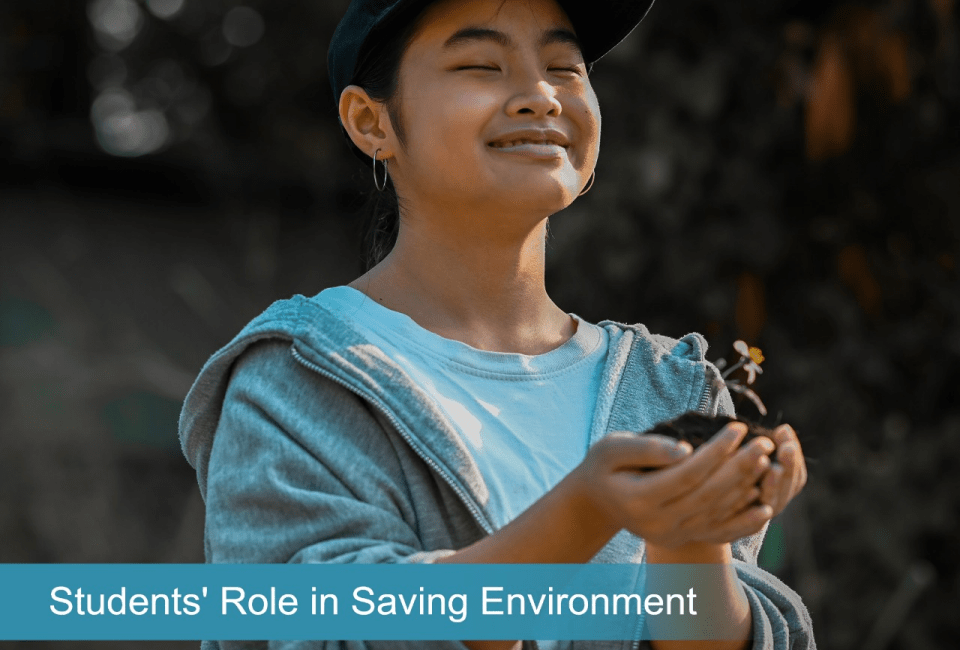
Top 5 Best Tips For Students’ Safety Against Bad Weather
October 6, 2022
The Importance Of Weather Observations For Schools
October 6, 2022Monitoring cultivation is undoubtedly one of the most significant activities conducted for agricultural production. As a result, it is feasible to ensure that crops develop optimally, continuously, and timely manner. It also helps execute appropriate remedial steps as soon as possible in case of any challenges
Every farmer must get appropriate training. This does not imply that the person in charge must have a university degree in Agricultural Engineering. However, he/ she must have the necessary knowledge and training to coordinate, monitor, and assess outcomes. This knowledge will enable the farmer to make critical judgments based on a solid prior diagnosis.
Why is Monitoring Cultivation Important?
Importance of Monitoring cultivation is that it not only inhibits pest development and dissemination but also ensures that diseases and weeds prone to appear are got rid of or maintained under control without creating substantial disruptions in the yield and end product outcomes.
We should emphasize that crops are exposed to new risks every year as a consequence of probable mutations and transformations in the biological components of these pests, so attempting to manage them all by using the same corrective methods would be a significant mistake. As a result, monitoring cultivation is a duty that carries a substantial deal of responsibility and should not be overlooked.
When applying for an Integrated Pest Management program for fruit crops such as apples and pears, it is recommended to monitor trees and the weather in the area that affects them to determine the type of pests that may appear that can cause problems in the proper development of those trees. It is also suggested that systematic visual monitoring of the orchard block will help you save money and time as the growing and harvesting season progresses.
Pests and the Weather
The strange thing about assessing the effect of climate is that some pests may feed on it and fast become damaging agents to crops. Unfortunately, in agriculture, many farmers realize what the harmful pests have done to the plantation when it is too late, owing to a lack of information about this. The good news is that because problems occur predictably to climate change, you can devise a whole plan to eliminate them and prevent them from returning in the future.
Despite regular monitoring, vegetable and fruit growers can detect a threat a little late, emphasizing the importance of monitoring the climatic factors to anticipate and record the conditions that generally lead to the growth of certain pests.
Block Monitoring Cultivation
There are numerous methods for monitoring crops, one of which is visual monitoring using blocks, which allows you to study trees with similar features in terms of variety, age, and physical condition. The objective behind this visual monitoring is to have blocks that act as indicators and can be analyzed as a whole, rather than separately, as some farmers worldwide do, since horticulture specialists have very little time to review each of the blocks put in the field.
When picking the most appropriate block, you should take special care since the block must have a history of pests to take remedial action and safeguard the integrity of the other trees.
Although you may require massive equipment, instruments, or highly advanced approaches to monitor crops, this is not the case. Instead, one of the top tasks is to conduct a diligent and thorough visual investigation to determine the sorts of pests in the trees.
Monitoring Crop Temperature
You may use an essential thermometer to gain simple information when monitoring cultivation. Still, you can use a maximum to the minimum thermometer, commonly available with rural suppliers, to obtain extra information.
You must put the thermometers in the farms, but they should not be exposed to full sunshine. You can also use a data recorder to obtain more precise weather data. It's also a good idea to have data loggers that measure the leaves’ temperature, humidity, rain, and even humidity.
Conclusion
We are approaching the Agriculture 4.0 era, a new phase of the agricultural revolution. Precision, innovative, and digital farming are being practiced with the help of numerous modern technology. Sensors for linked livestock, satellites, the Internet of Things, and GPS sensors, among others, are recent technological advancements that can assess a range of vital soil and plant parameters on the go.
Farmers may obtain information linked to real-time sensing of soil and crops by scanning from the skies using drones connected with camera sensors to monitor the fields and from anywhere using the Internet and IoT sensors.
You may use AI combined with current sensors to adjust tactics to changing field and environmental conditions. For example, sensors enable farmers to respond rapidly and dynamically to crop performance, resulting in improved yields and food output.
STAGE by Hydenmet is an end-to-end farm intelligence system. It addresses environmental and agricultural issues, providing farmers with effective solutions via sensor and instrument implementations.




